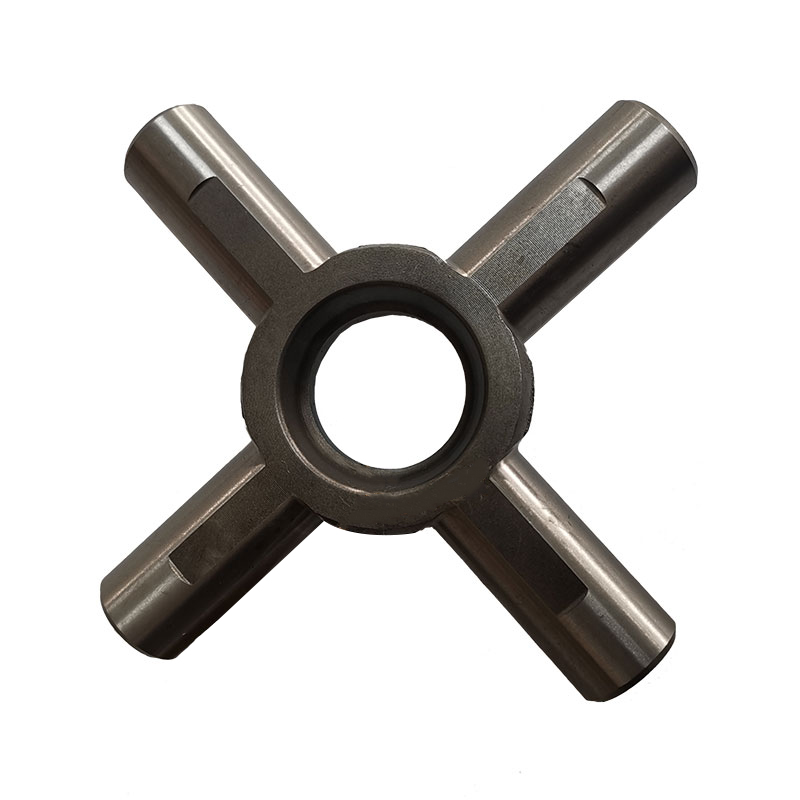The so-called universal joint refers to a mechanical st […]
The so-called universal joint refers to a mechanical structure that uses a ball-shaped connection to realize the power transmission of different shafts. It is a very important part of an automobile. The combination of universal joint and drive shaft is called universal joint transmission. On the front-engine rear-wheel drive vehicle, the universal joint transmission is installed between the transmission output shaft and the input shaft of the drive axle final reducer; while the front-engine front-wheel drive vehicle omits the drive shaft, and the universal joint is installed Between the front axle half shaft and the wheels that are responsible for both driving and steering.
In automobile drive trains and other systems, in order to achieve power transmission between some rotating shafts whose axes intersect or whose relative positions change frequently, universal transmissions must be used. The universal transmission device is generally composed of a universal joint and a transmission shaft, and sometimes there is an intermediate support, which is mainly used in the following positions: 1- universal joint; 2- transmission shaft; 3- front transmission shaft; 4- intermediate support.

The structure and function of the universal joint is a bit like the joints on the limbs of the human body. It allows the angle between the connected parts to vary within a certain range. In order to meet the power transmission, adapt to the angle change caused by the up and down jumps generated by the steering and the running of the car, the drive axle of the front drive car, the half shaft and the wheel axle are commonly connected by universal joints. However, due to the limitation of the axial size, the required deflection angle is relatively large. A single universal joint cannot make the instantaneous angular velocities of the output shaft and the shaft input shaft equal, which is likely to cause vibration, aggravate component damage, and generate a lot of noise. Therefore, various constant velocity universal joints are widely used. In front-drive vehicles, each half shaft uses two constant velocity universal joints. The universal joint near the transaxle is the inner universal joint of the half shaft, and the outer universal joint of the half shaft is near the axle. In a rear-drive car, the engine, clutch, and transmission are installed on the frame as a whole, and the drive axle is connected to the frame through an elastic suspension. There is a distance between the two and needs to be connected. During the operation of the car, the uneven road surface will cause bounce, load changes or the position difference between the installation of the two assemblies, etc., will cause the angle and distance between the transmission output shaft and the input shaft of the drive axle final reducer to change, so driving the car behind The universal joint transmission form adopts double universal joints, that is, there is a universal joint at each end of the transmission shaft. Its function is to make the angle between the two ends of the transmission shaft equal, so as to ensure that the instantaneous angular velocity of the output shaft and the input shaft are always equal.
http://www.yhfse.com/product/universal-joint-pin/